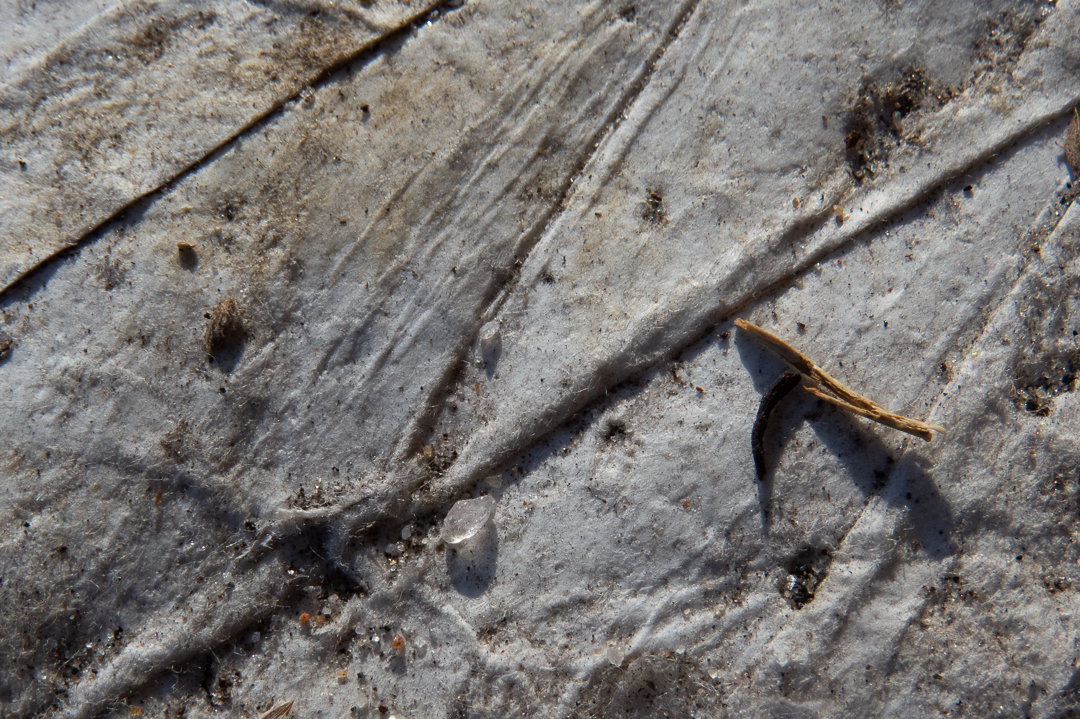Possibly the best-known quote about beauty:
“Beauty is truth, truth beauty, that is all
Ye know on earth, and all ye need to know.”
It’s the conclusion of the poem Ode on a Grecian Urn by John Keats, and the lines have been interpreted in as many ways as beauty itself has been.
Keats was describing imagery on an ancient clay object painted with figures and scenes, but his words still resonate more than 200 years later. We still struggle with the ideas of beauty and truth even as we yearn for them.
I like these lines because they are expansive. They make us puzzle over what “beauty” means to us, what “truth” is to us.
We will see more beauty if we openly explore how we define it.
Sometimes truth is ugly, and sometimes beauty isn’t “true”. But the problem there is grasping the words too narrowly.
Keats wrote about the immortality of both beauty and truth when captured in art. We can create our own art in an instant simply by seeing beauty within whatever is true to our eyes.
That’s why I can find beauty at a gas station or in a parking lot. I don’t avert my eyes to the truth of what those places are – their utility, their commercialism. Instead, I look at them openly, examining every part – even the oil stains, peeling paint and trash.
Seeing directly is seeing truth, and therein lies beauty.

Leave a Reply